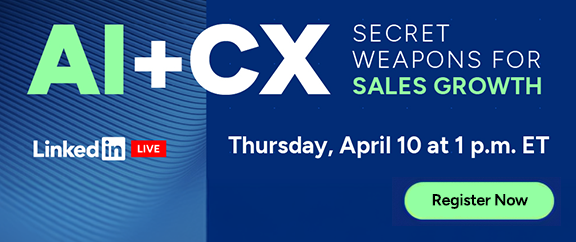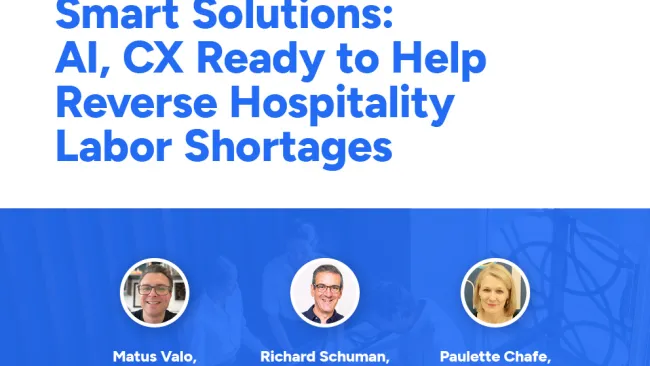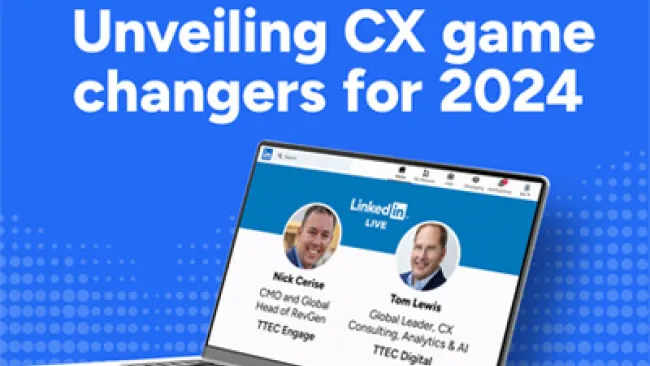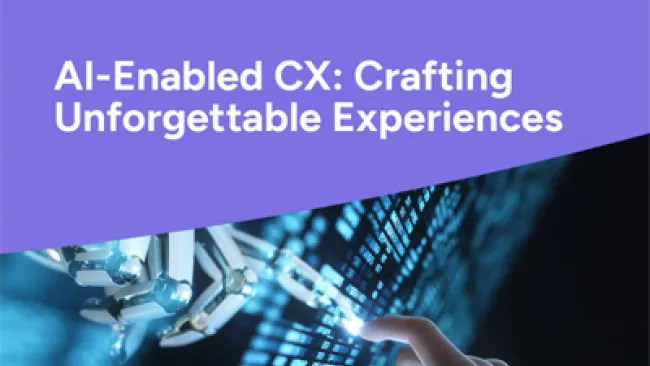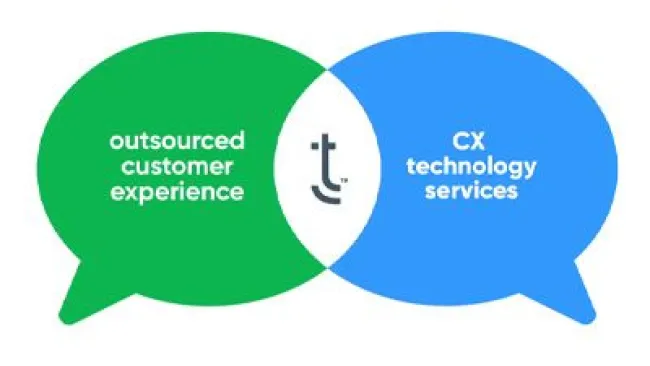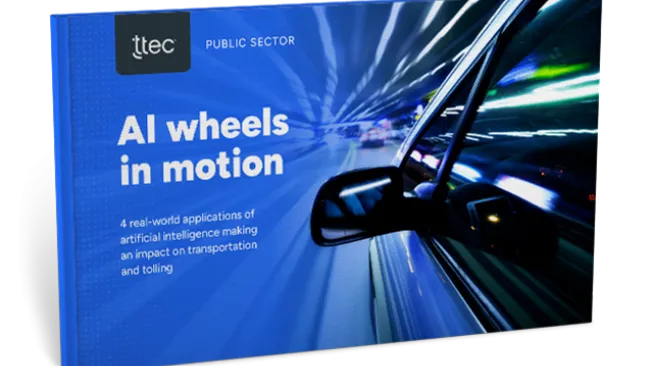“Customer experience” is a buzzword these days for marketing strategists, and customer experience management (“CXM”) is all the rage in many marketing discussions. “Customer Experience Excellence” is one of the six categories for which the Gartner & 1to1 Media CRM Excellence Awards are given each year (along with other categories such as Sales Force Effectiveness, Customer Analytics, and so forth).
But, what is customer experience "excellence," really?
To answer that question, which lies at the heart of many, if not most, marketing strategies, you have to take the customer’s perspective. And, from the customer’s point of view, an excellent customer experience is one that is simply frictionless. No customer wants to be required to go to any extra trouble, or to fix problems, or to repeat things already communicated. The best kind of experience a customer can have is one in which he can meet his need or solve his problem completely effortlessly, without having to jump through hoops or overcome obstacles. Obstacles are friction. No one has time for obstacles.
To remove friction, marketers should focus on four basic attributes of a frictionless customer experience:
- Reliability. Your product or service should perform as advertised, without failing or breaking down. You should answer your phone, your web site should work, service should be performed on time, and so forth. Reliability in a customer experience comes from what we would call “product competence” in a company. Are the company’s systems and processes capable of rendering a product or service on schedule, seamlessly across multiple channels and consistently through time, in such a way that it doesn’t need a lot of maintenance, repair, correction, or undue attention from the customer just to meet whatever customer need or solve whatever customer problem it’s designed to handle?
- Relevance. If reliability is about product competence, then relevance is about “customer competence,” and the overwhelming majority of companies operating today are just not very customer competent. Many companies still operate on what Martha Rogers and I call the “Goldfish Principle” because (like a fish with no territorial memory) they fail to remember their customer territory, requiring the customer to re-enter information, or to look things up that the company ought to know about them already. Every time you have to tell a call center associate your account number again, having just punched it in on your phone, you are face to face with a company’s customer incompetence. Customer incompetence is friction, and the most efficient way to overcome it is to remember each customer's individual specifications and needs, once you learn them.
- Value. No one likes to be ripped off, which is what happens when you find out you’ve paid more for a product or service than it’s worth. So, a frictionless customer experience is one in which the value-for-money relationship isn’t out of kilter. As a customer, when you go to Costco you don’t expect a Bergdorf experience. But when you buy a Lexus, you expect more than a Ford experience. Whatever product or service you’re buying must be good value-for-money. It will be economical for customers who are interested in price, and it will provide “fair value” for customers more interested in quality, status, or other attributes.
- Trustability. In today’s hyper-interactive world, mere trustworthiness – that is, doing what you say you’re going to do and not violating the law – is no longer sufficient to render a frictionless customer experience. Increasingly, customers expect you to be proactively trustworthy, or “trustable.” A trustable customer experience is one in which the customer knows the company provides complete, accurate, and objective information, and will help the customer avoid mistakes or oversights. If a customer has to count his change or double-check that he isn’t doing something he’s going to regret later, the experience is a hassle. It certainly isn’t frictionless. Some good markers of a trustable customer experience include facilitating objective customer reviews, or reminding a customer that her warranty period is nearly up, or advising a customer when she is buying more than she needs. Some companies (AOL, Vonage, Stamps.com, etc.) make it very difficult to quit your subscription, and this is untrustable behavior, guaranteed to generate friction.
As marketers, we all want to ensure that our products and services are positioned and delivered in such a way that customers receive an excellent customer experience. And from the customer’s perspective, the less friction generated, the better their experience will be. It's that simple.
Don Peppers is part of LinkedIn’s influencers program. Follow Don Peppers on LinkedIn to stay up to date on customer loyalty strategies.
